Solar-Powered Home with Hydroponic Farm by College Students
By Leanna Garfield | 18 October 2017
.jpg)
University of Maryland/Department of Energy
Before your product reaches your fridge, it goes through a chain of suppliers: a farm, a truck, a packing, washing, and sorting facility, another truck, until it finally reaches your local grocery store.
A new solar-powered home that grows leafy green indoors skips most of those steps. The home, created by a team of graduate students from the University of Maryland, features a wall that uses an agricultural technique called hydroponic farming. That means that produce grows in nutrient-rich water rather than traditional soil.
Called ReACT, the home also features an enclosed patio, which can be turned into a climate-controlled greenhouse that can grow more crops, including veggies, fruits, and herbs.
ReACT won second place in this years Solar Decathlon, a biannual competition organized by the US Department of Energy that searches for eco-friendly housing prototypes from college students around the world. There were 12 university teams in this year's competition.
Though the Maryland team doesn't have any immediate plans to produce more homes, the team told Business Insider that the ReACt would likely sell for between $250,000 and $300,000.
Take a tour below.
The ReACT is a solar-powered home that measures 1,190 square feet.
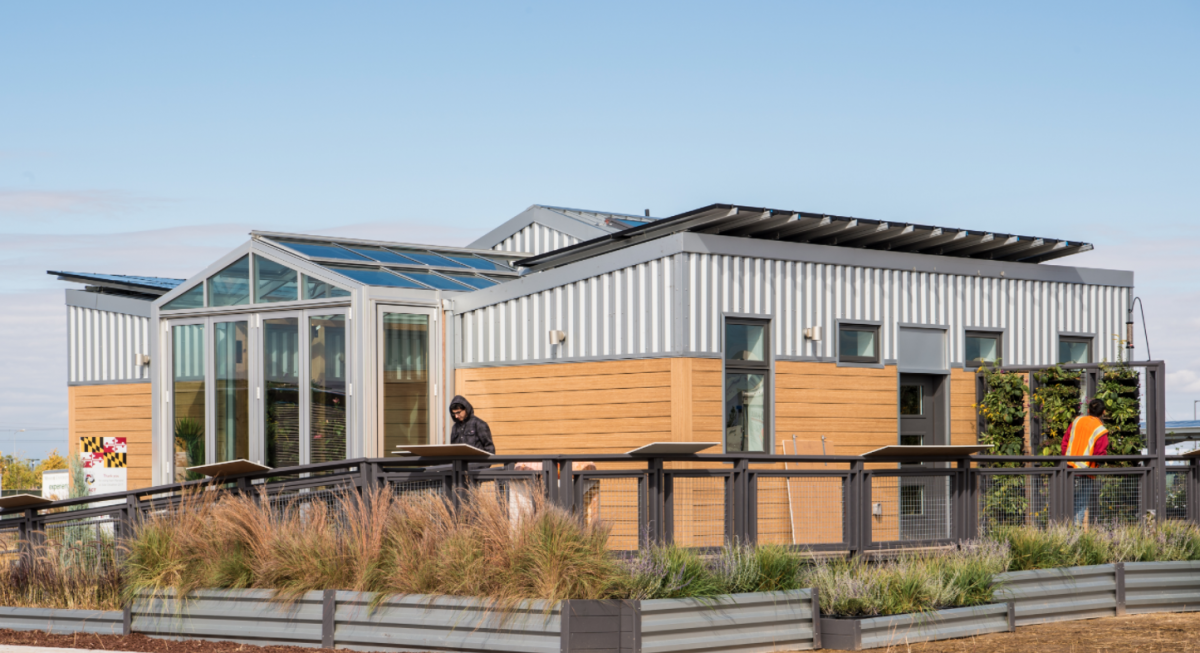
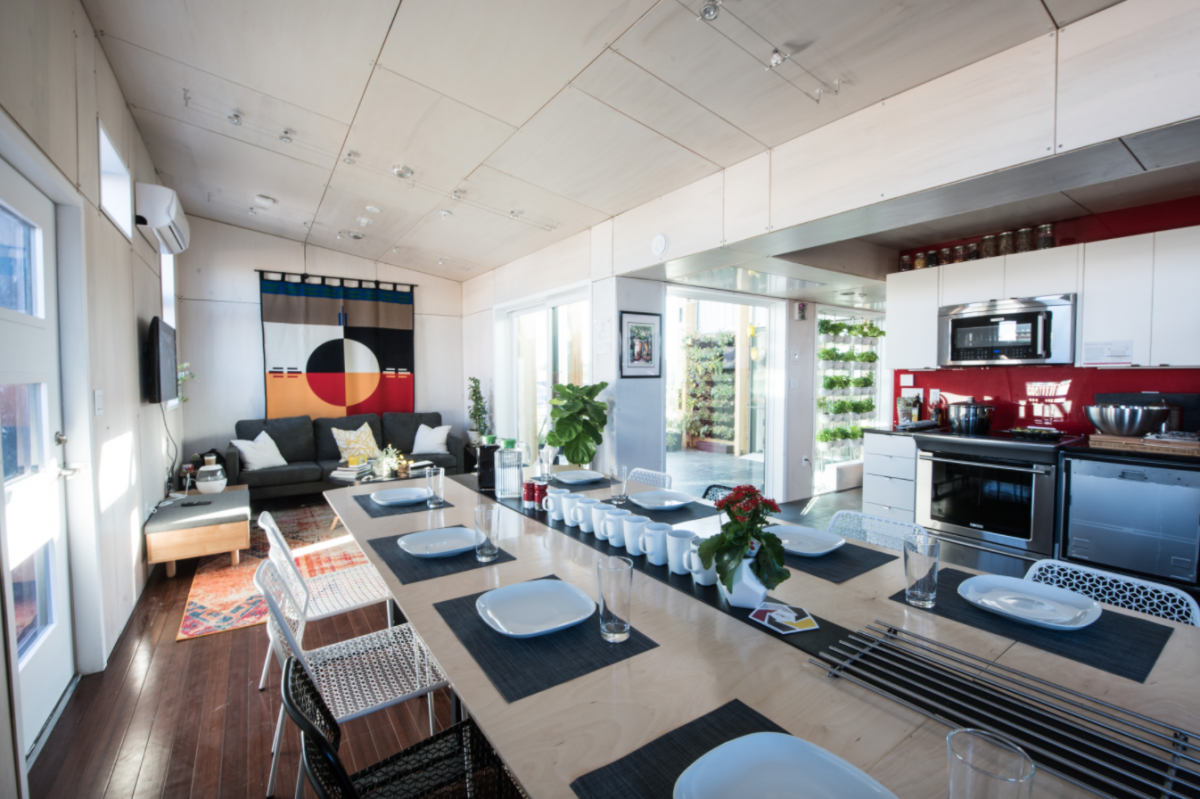
University of Maryland/Department of Energy
Down the hall, there is a living wall, which can grow leafy greens in nutrient-rich water. The plants are automatically watered through the bottom of the pot, using weather predictions and soil moisture as a guide. Any unused water is automatically filtered and then fed through the system again.
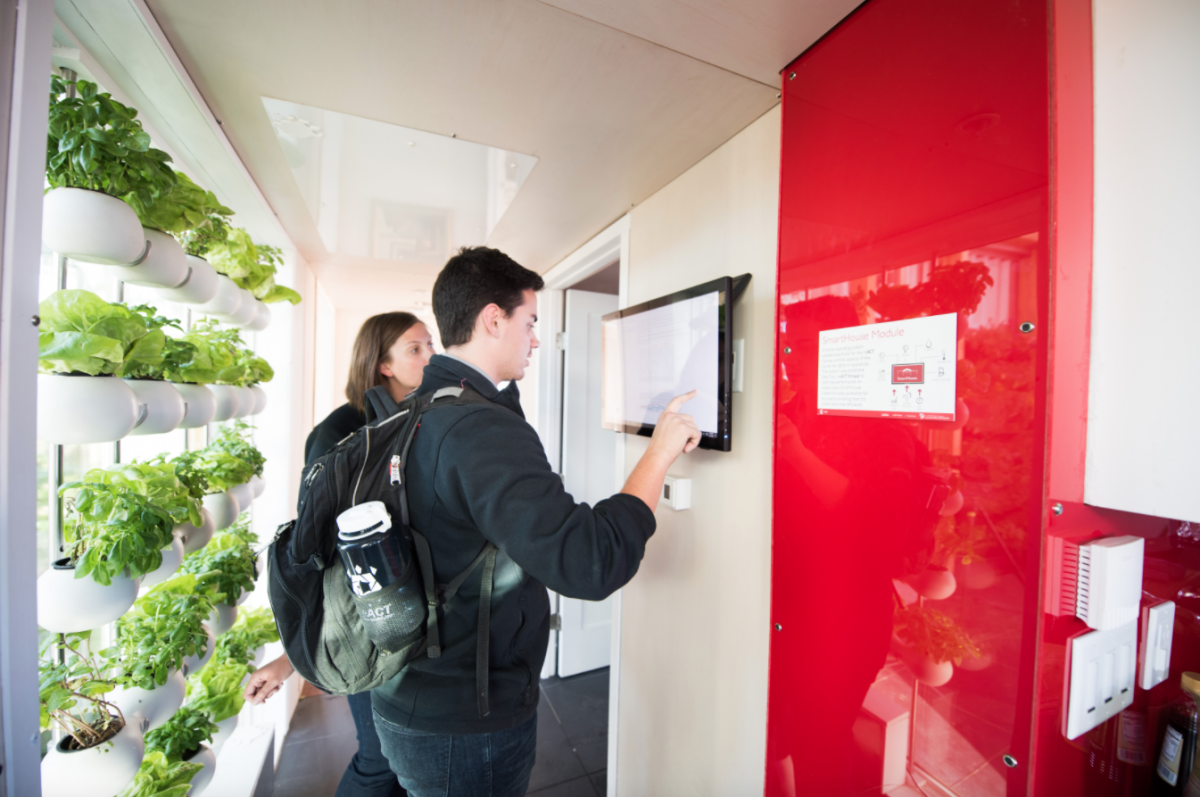
University of Maryland/Department of Energy
On the roof, solar panels capture energy that is stored and used to power the home.
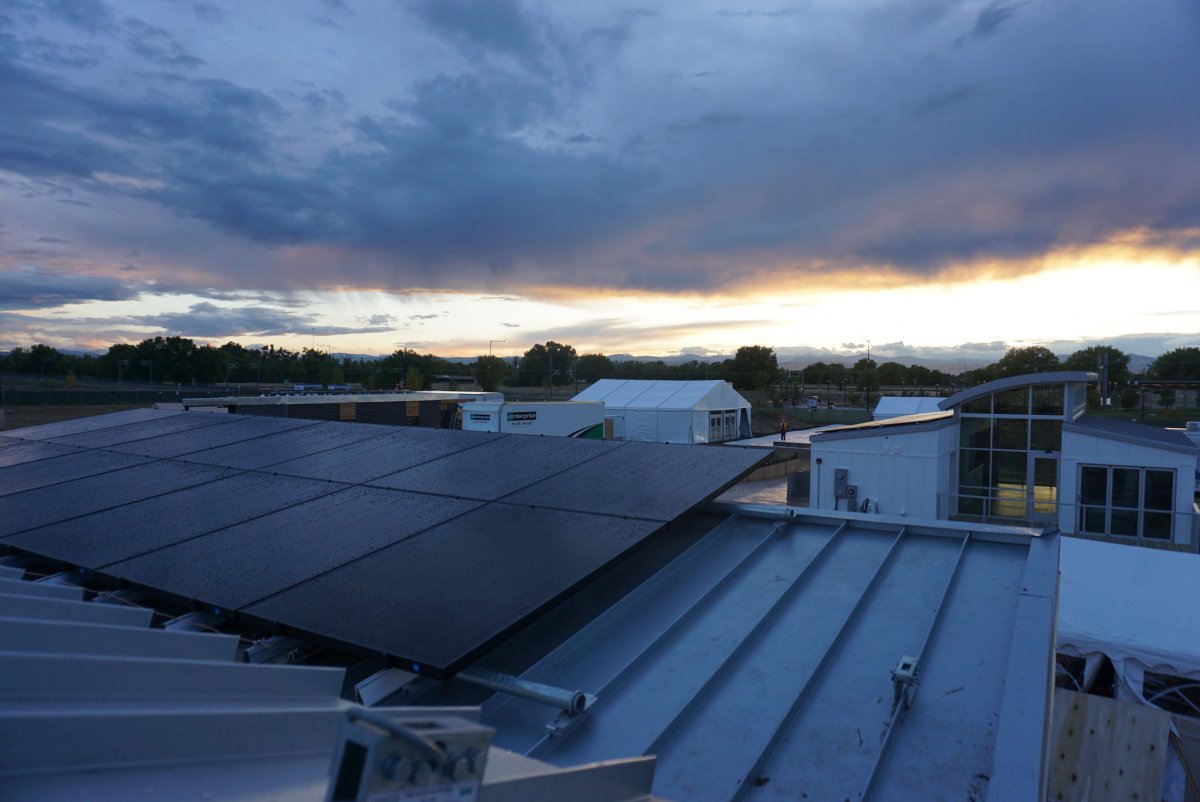
University of Maryland/Department of Energy
A hidden mechanical room lets owners access wiring, hot water, and plumbing systems.
In addition to growing crops, the enclosed greenhouse has a system that can capture, store, and distribute warm air throughout the home during colder months.
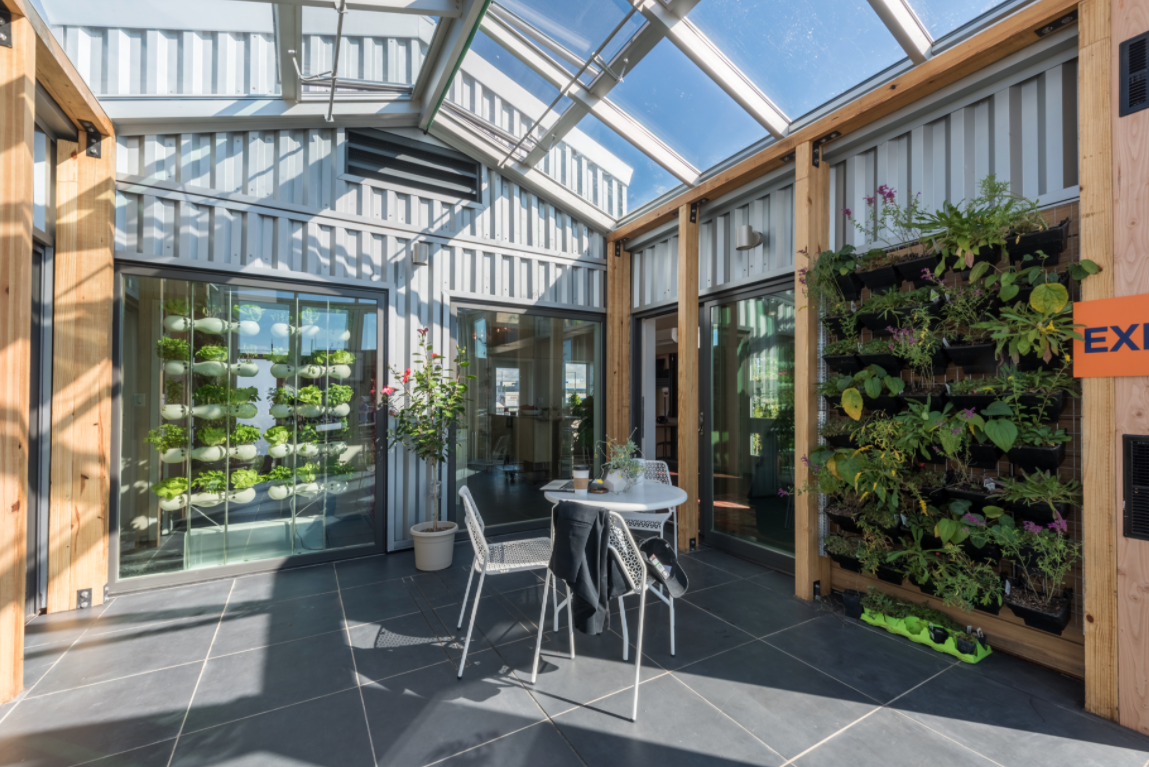
University of Maryland/Department of Energy
Though the team doesn't have a specific client for the home, the students designed it for Native American communities — specifically Maryland tribes like the Nanticoke, due to their emphasis on self-sufficiency.
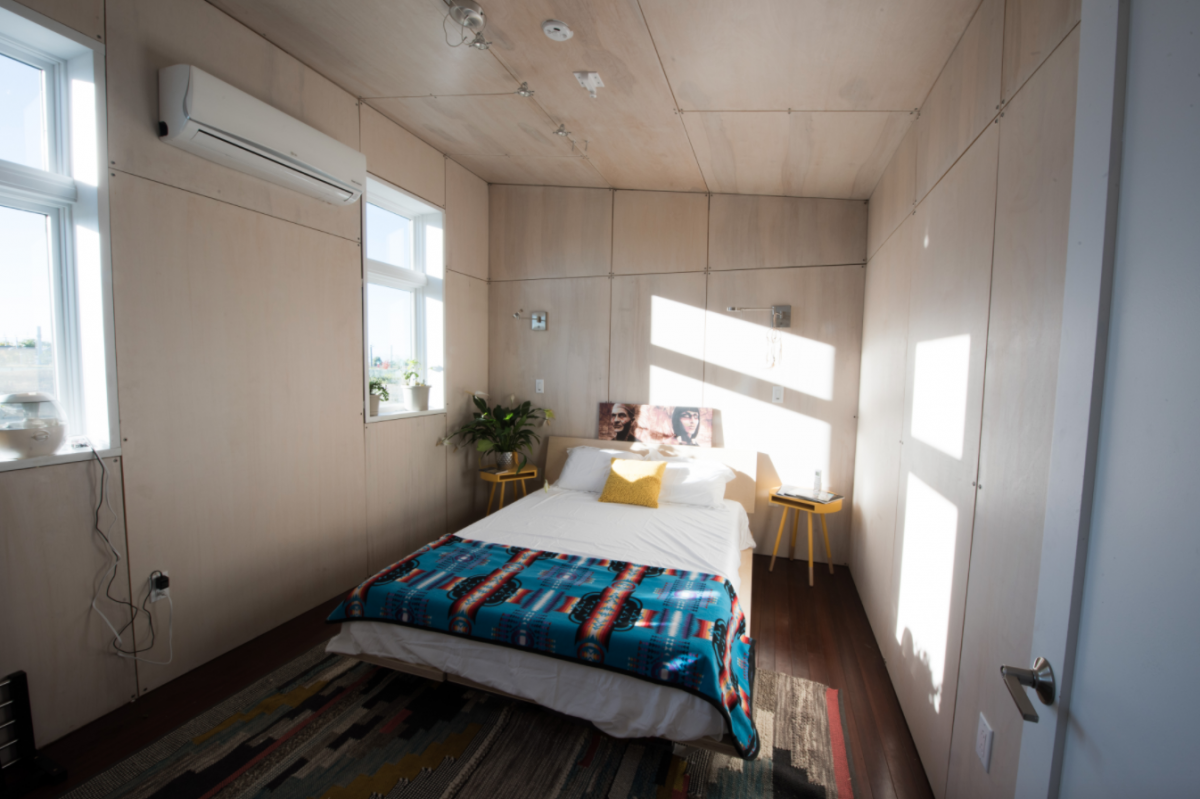
University of Maryland/Department of Energy
"ReACT embraces emerging sustainable building practices that promise to transform and support tribal housing projects, while also providing the two-thirds of Native Americans living in urban centers with housing options that support more harmonious, balanced and sustainable interactions with the natural world," the team said.
On the other side of the home, the bathroom has a composting toilet ...
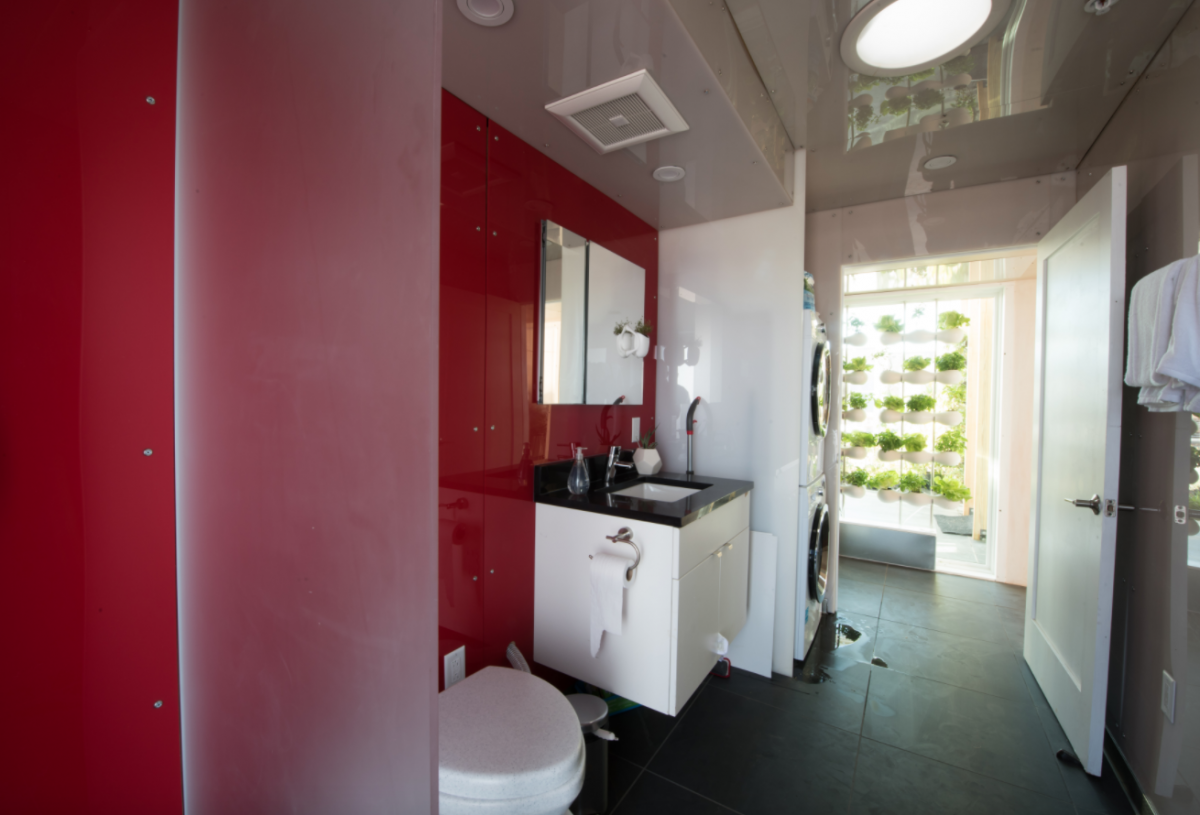
The team started designing the home more than 18 months ago. Its modular design has a "kit of parts," meaning the rooms can be customized based on the owner's needs. It was built in sections. The materials were transported by Truck the competition site and was assembled in eight days. The team will now ship the structure back to Maryland and place it in an on-campus park next to a home that won second place in the 2007 Solar Decathlon.
Over nine days in Denver, the Decathlon's judges evaluated each home based on its affordability, livability, and eco-friendliness. Teams performed daily activities like cooking, laundry, and dishwashing to demonstrate the home's energy efficiency.
.jpg)
Throughout this process, the Maryland home produced more energy than it consumed.
The ReACT home stood out for its focus on home gardening and water re-use system, the judges said in a statement.
Source: The University of Maryland



